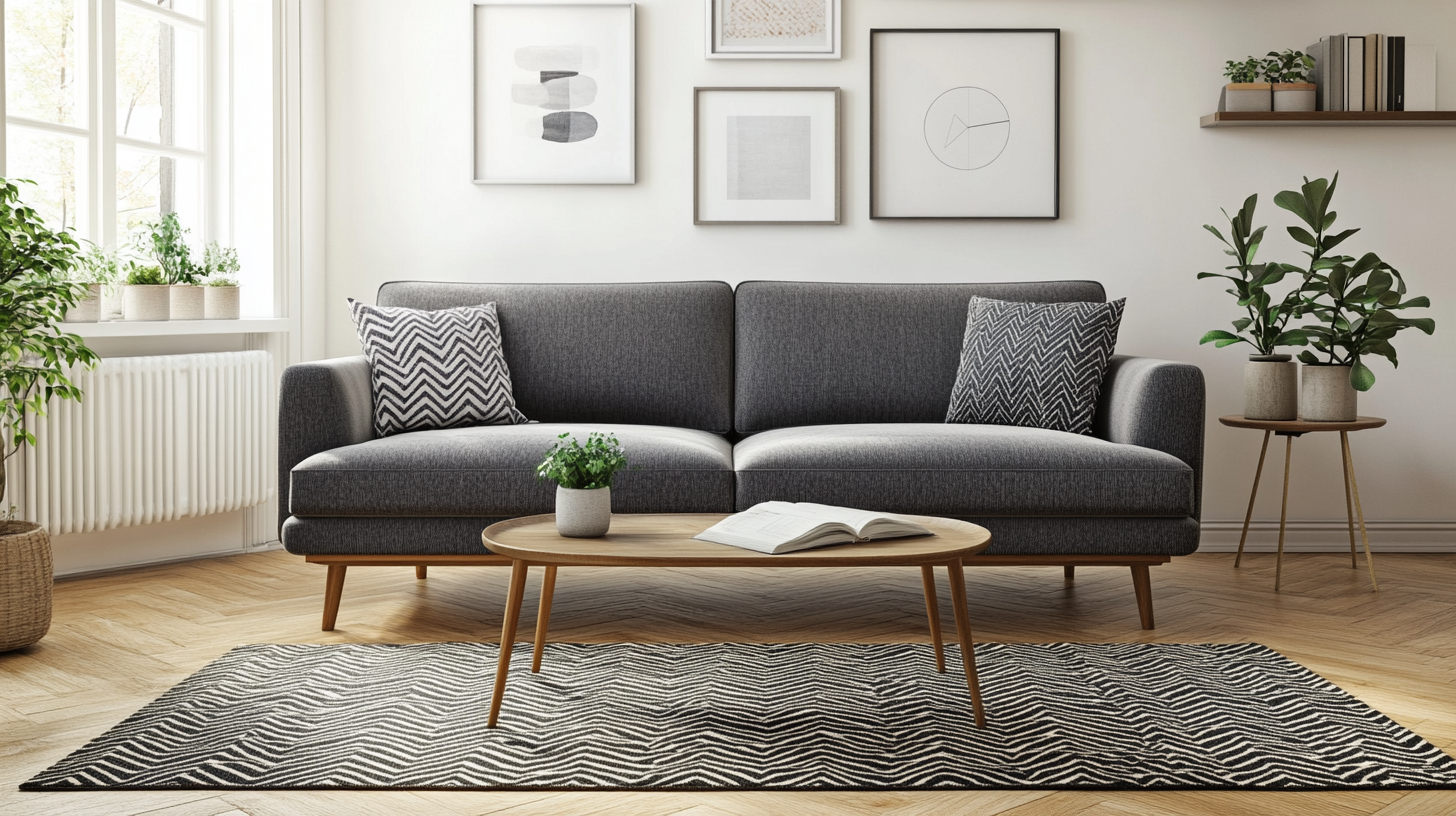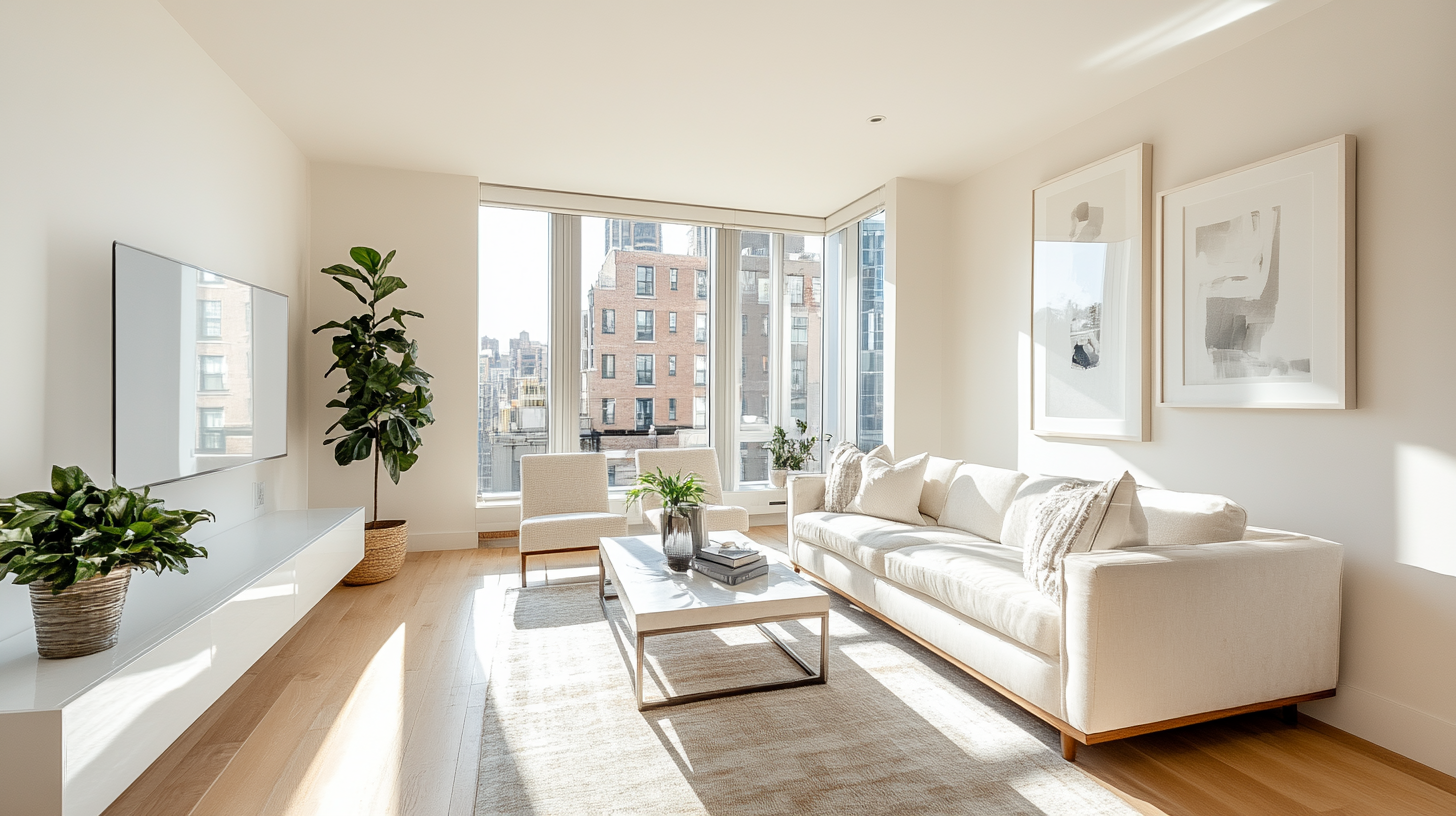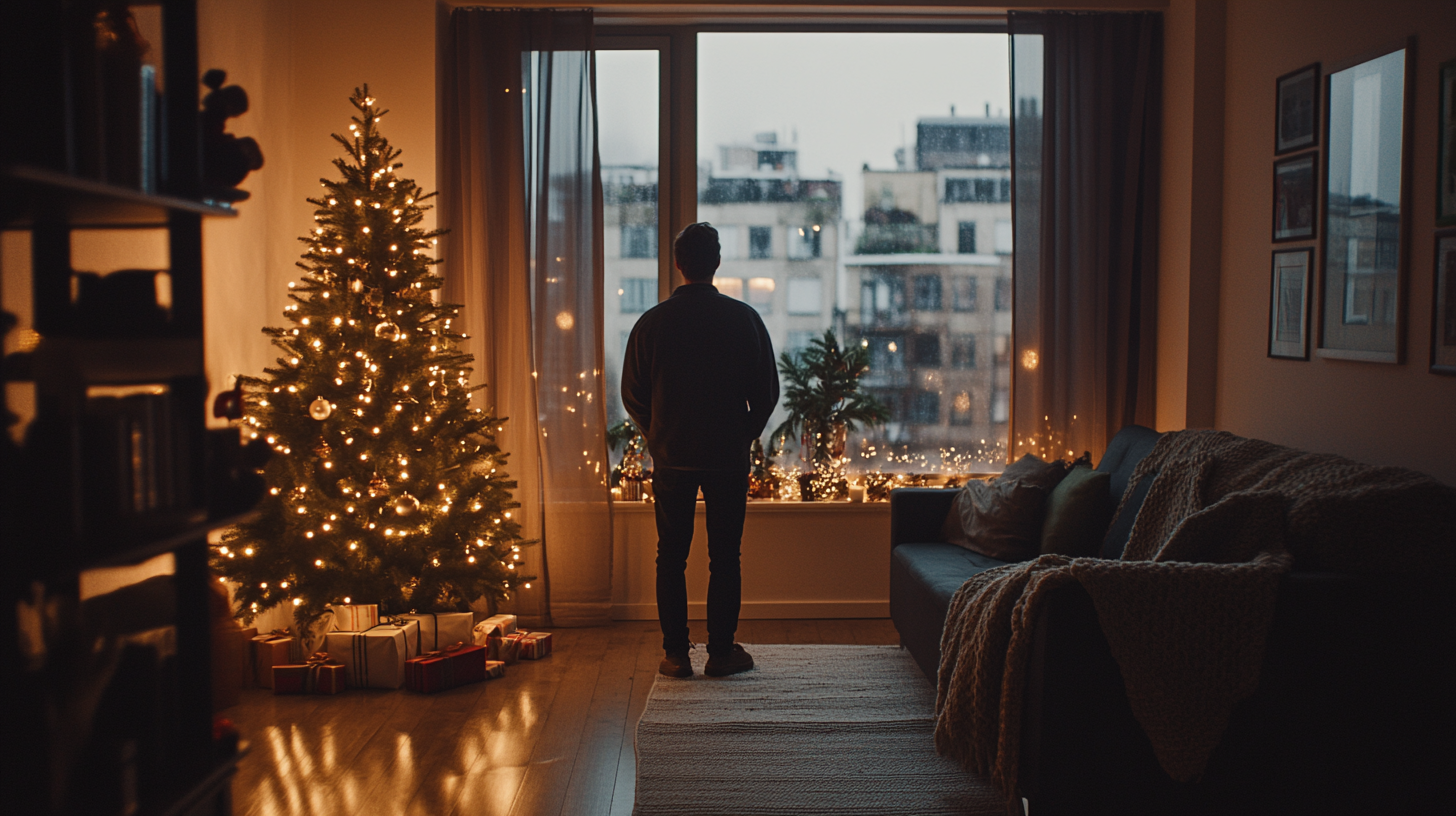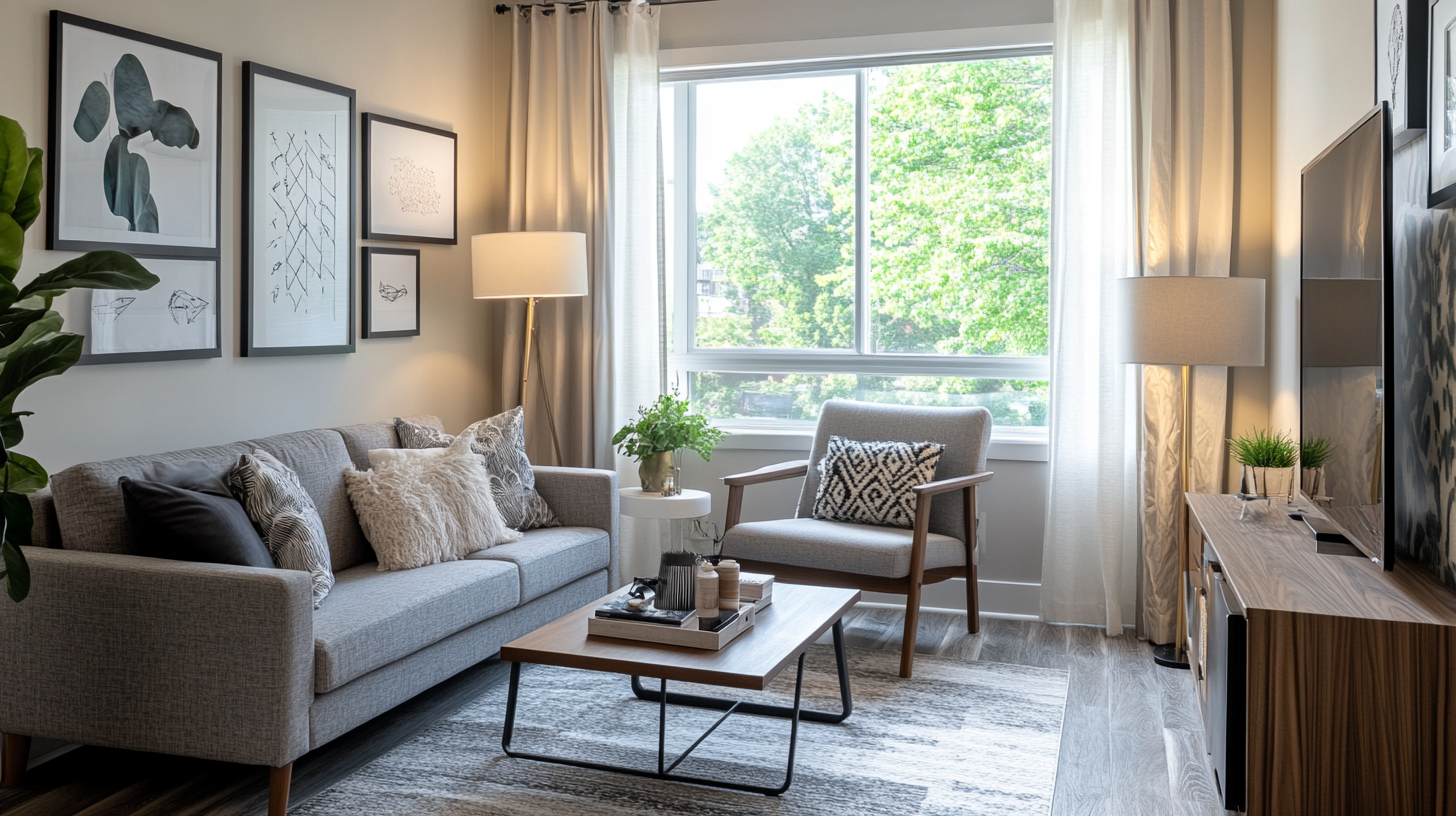Moving House Hacks: Essential Packing Tips for a Stress-Free Move
Packing for a move can be a daunting task. From fragile items to last-minute essentials, it’s easy to feel overwhelmed. The good news? With the right packing hacks and moving tips, you can simplify the process, save time, and reduce stress. In this comprehensive guide, we’ll share practical packing strategies and moving hacks to help make your next move smoother. Here are some tried-and-true moving house hacks to keep in mind.
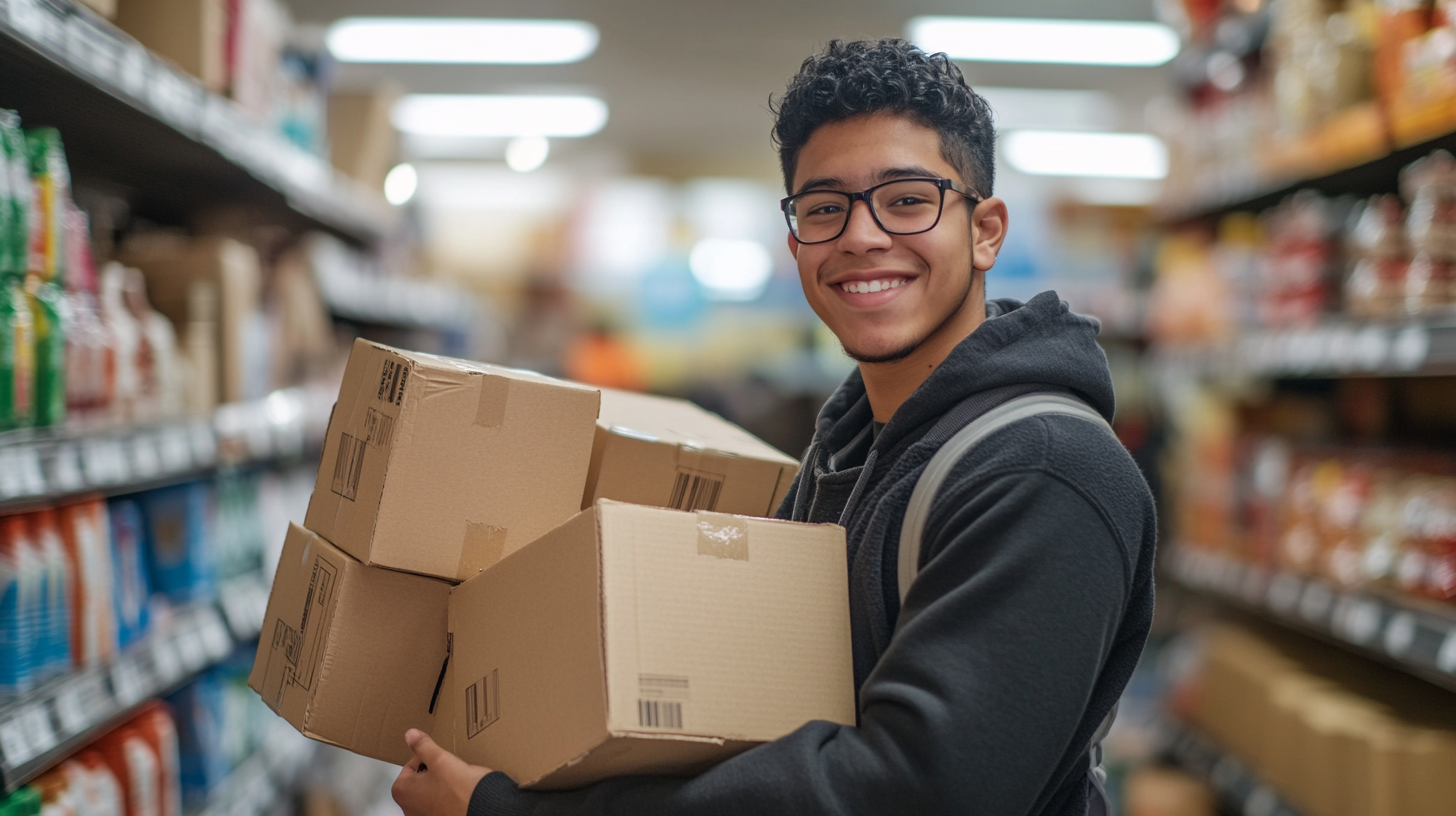
1. Gather Your Moving Supplies for Free
Moving can be expensive, but there are ways to save money, starting with your moving supplies. On average, you’ll need about 10 boxes per room, plus extra boxes for larger items. Instead of buying boxes, check local grocery stores, supermarkets, or online community groups like Facebook Marketplace for free ones. Most retailers have an excess of boxes they’re eager to get rid of.
Pro Tip: If your free boxes don’t have handles, use a box cutter or X-Acto knife to cut triangular or rectangular holes on the sides. This small step makes carrying boxes significantly easier.
2. Declutter Before You Pack
Before packing, take time to declutter your home. Moving is an opportunity to start fresh, so sort through your belongings and decide what to keep, donate, or toss.
According to the National Association of Productivity and Organizing Professionals, decluttering before a move can save you up to 40% on moving costs.
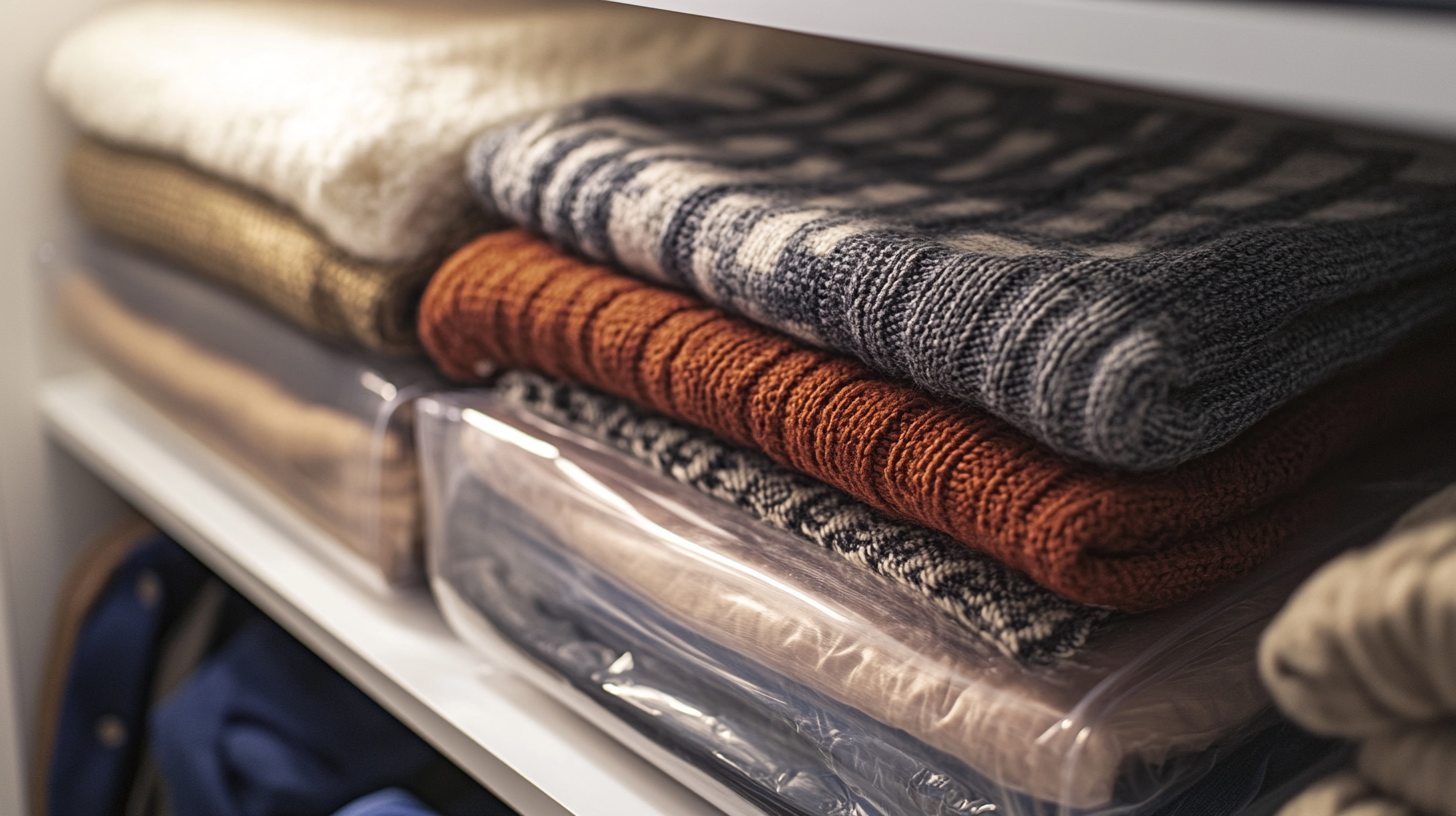
3. Use Vacuum-Seal Bags for Bulky Items
Vacuum-seal bags are a lifesaver for reducing the space taken up by bulky items like clothes, blankets, and duvets. Simply place items in the bag, seal it, and use a vacuum cleaner to suck out the air. This not only saves space but also protects your belongings during the move.
DIY Alternative: If you don’t have vacuum-seal bags, use a large garbage bag and place the vacuum hose in the opening. Seal the edges tightly around the hose and remove the air. This quick hack works wonders for reducing the size of bulky clothes and bedding.
4. Protect Hanging Clothes with Trash Bags
Packing hanging clothes can be tricky. Keep them organized and clean by using trash bags as garment covers. Pull the bag up from the bottom and tie the top around the hangers. Group clothes in sets of 5-10 items for the best results. This protects clothes from dust and makes unpacking a breeze.
5. Pack an Essentials Bag
When you arrive at your new home, the last thing you want to do is dig through dozens of boxes to find your toothbrush or pajamas. Pack an “essentials bag” with everything you’ll need for the first 24-48 hours, including:
- Toiletries
- Pajamas
- A change of clothes
- Chargers
- Snacks
- Important documents
You can also pack a separate box for kitchen essentials, including plates, mugs, and basic utensils. Label this box clearly and keep it in your car for easy access.
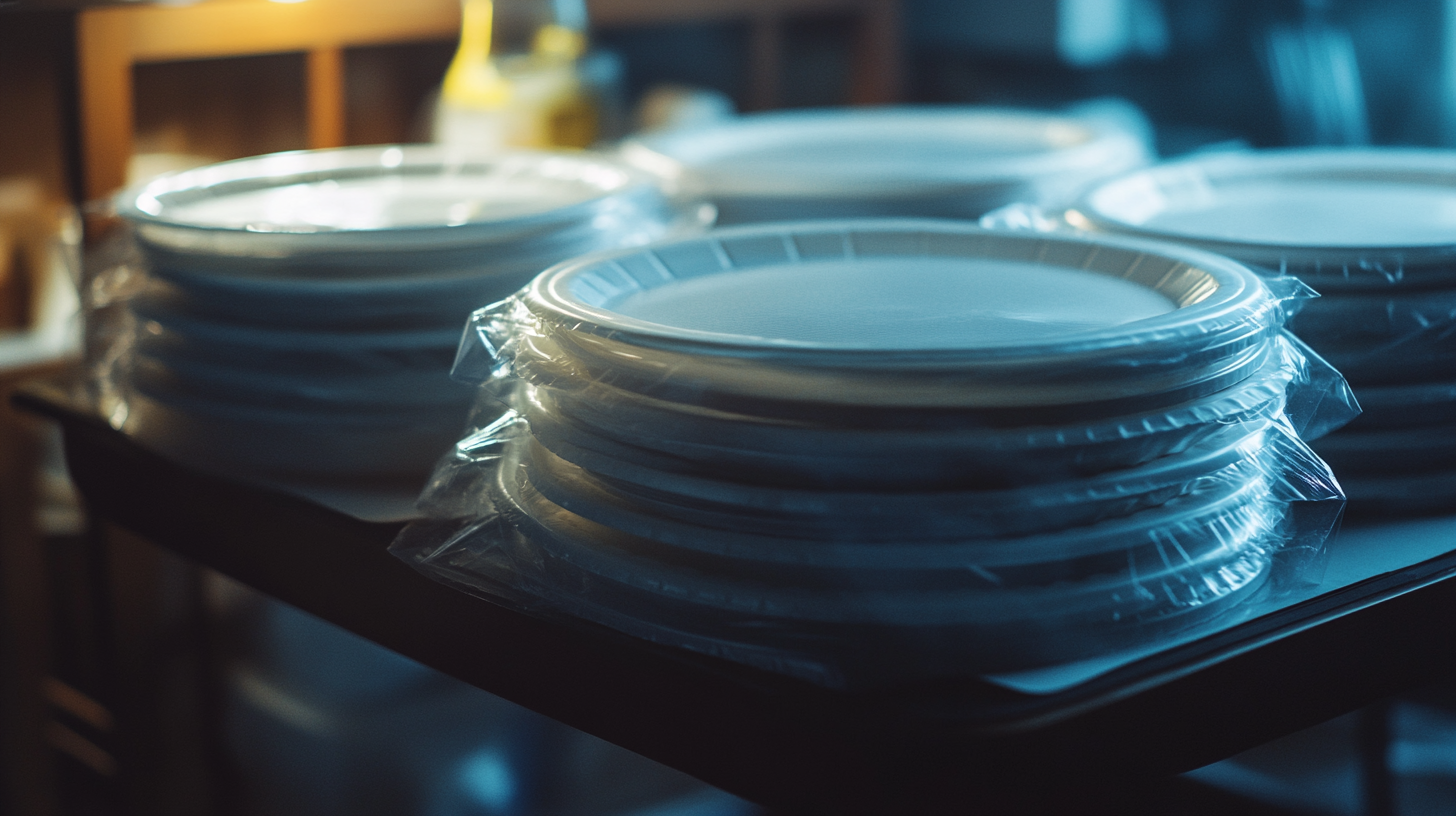
6. Use Disposable Plates to Protect Your Dishes
Packing plates and fragile items can be nerve-wracking. One budget-friendly hack is to place disposable paper platesbetween your ceramic plates to act as a buffer. You can also use coffee filters for smaller items like bowls. These items are inexpensive and save space compared to bubble wrap.
Bonus Tip: Pack fragile items vertically to reduce pressure and minimize the risk of breakage.
7. Pack Photo Frames and Artwork Horizontally
When packing artwork or photo frames, lay them flat in boxes rather than stacking them upright. This reduces the risk of damage from shifting during transport. Fill any gaps in the box with soft items like towels or bubble wrap to cushion the frames.
Test Your Box: Shake the box gently after packing. If you hear items moving, add more padding. Remember, “If it shakes, it breaks.”
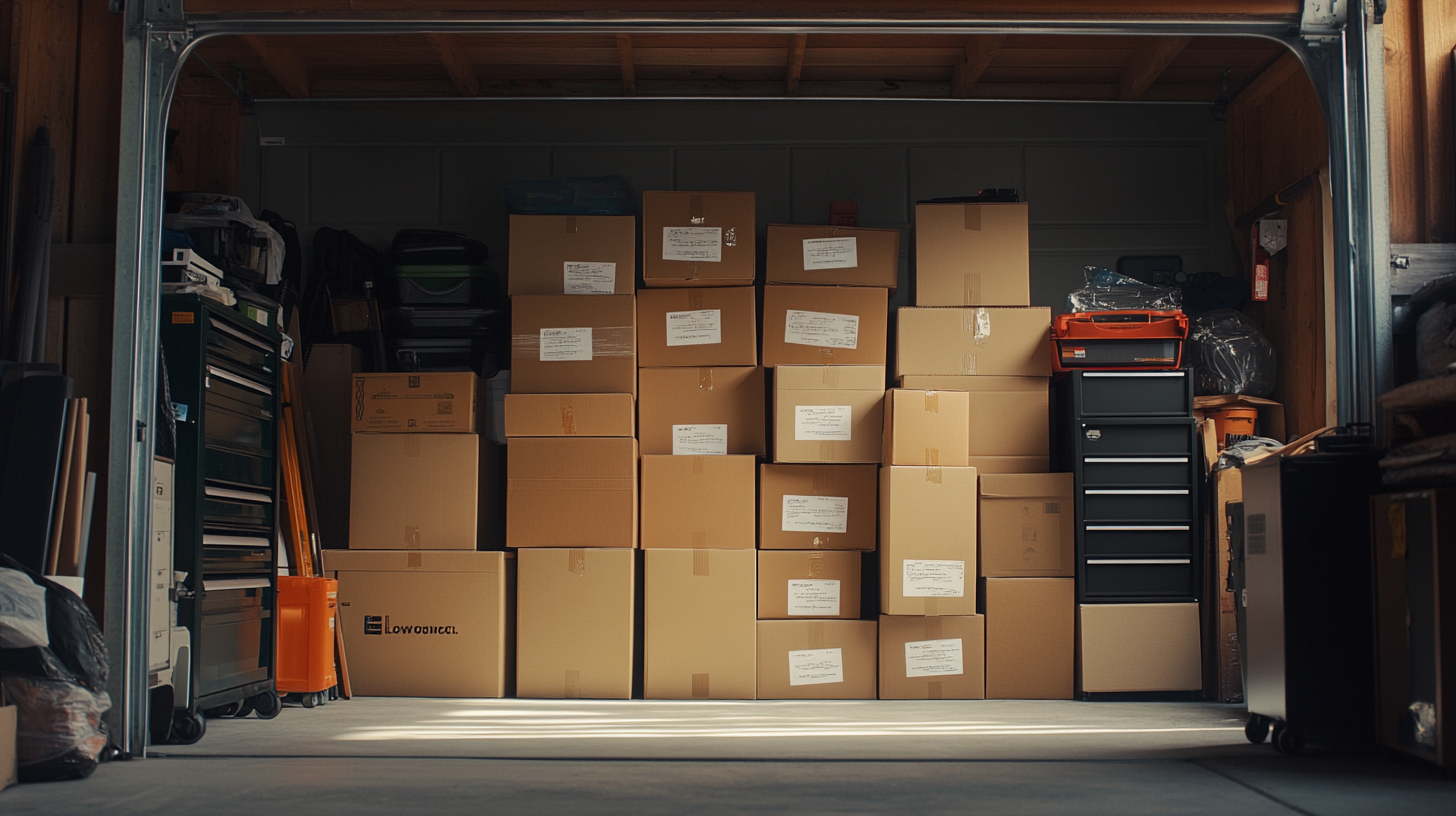
8. Label Your Boxes Smartly
Labeling is essential for an efficient move. Use color-coded labels for each room to make unloading easy. For example, use red for the kitchen, blue for the bedroom, and yellow for the bathroom. Alternatively, write a short description of the box’s contents and the room it belongs in.
9. Use Suitcases for Heavy Items
Books and other heavy items can make boxes too heavy to lift. Use your suitcases with wheels for packing heavy items like books or canned goods. This makes them easier to transport and prevents boxes from breaking.
10. Oven Mitts for Sharp Items
Sharp objects like knives and scissors can pose a danger when packing. Slide them into oven mitts for protection, then secure them with a rubber band or tape. This ensures that sharp edges don’t damage other items or pose a risk during unpacking.
11. Pack Glassware in Socks
Repurpose your socks to protect fragile glassware. Simply slip a sock over each glass or place one between stacked glasses for extra padding. This is a simple, eco-friendly alternative to traditional packing materials.
12. Use Household Items as Packing Materials
Get creative with items you already have. Use handbags, laundry baskets, and plastic bins to pack smaller items. Fill pots and large containers with pantry items like spices to maximize space.
13. Take Photos of Your Shelf Layouts
If you have carefully arranged shelves or décor, take photos before packing. These reference photos make it easy to recreate the look in your new home, saving you time and frustration.
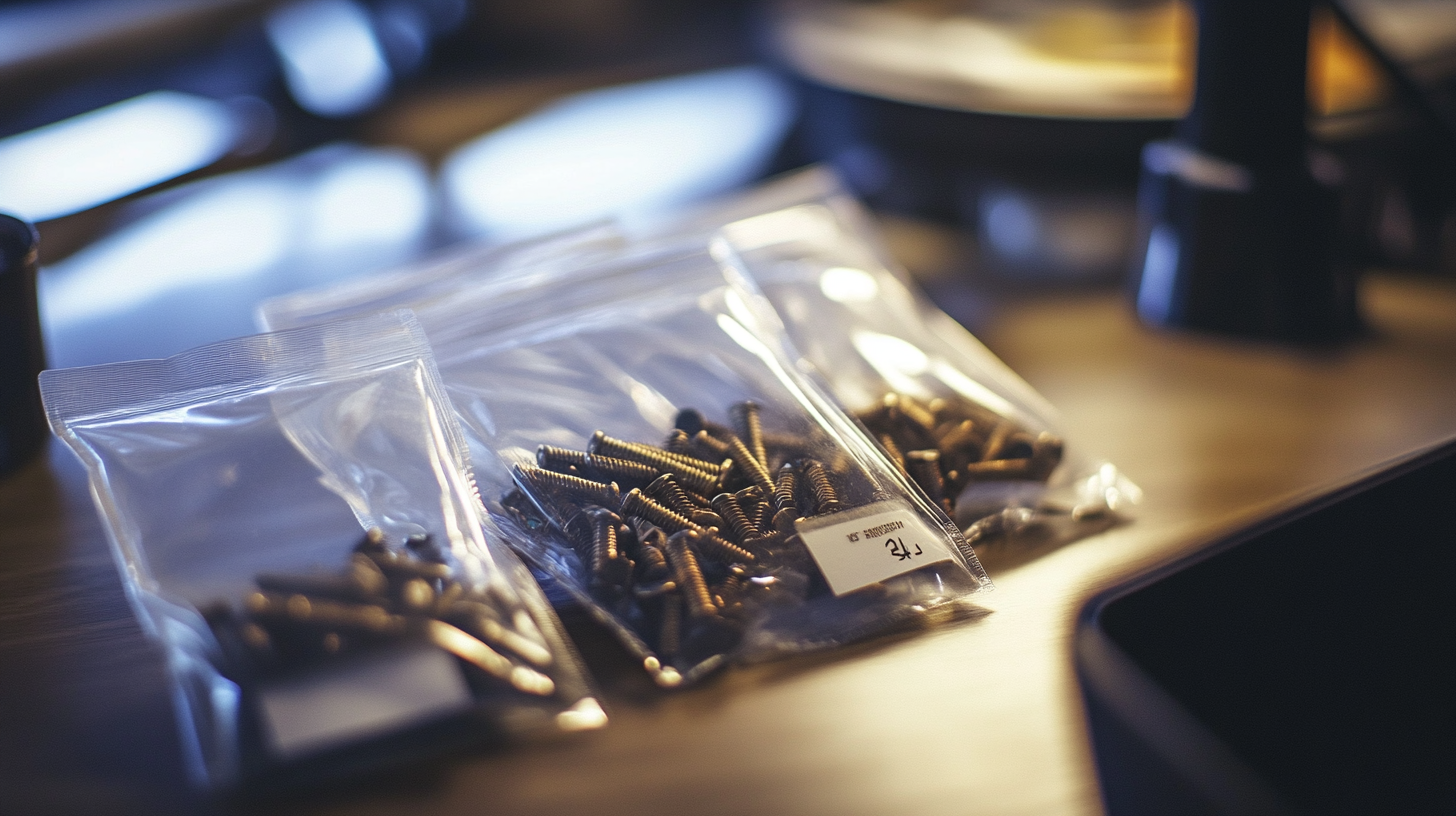
14. Secure Screws and Small Parts
When disassembling furniture or shelves, place all screws and small parts in labeled zip-top bags. Tape these bags to the item they belong to so nothing gets lost during the move. This will make reassembling much easier and faster.
15. Tape Furniture Legs to Prevent Floor Damage
To prevent your furniture from scratching the floors in your new home, wrap the bottom of furniture legs with newspaper and secure it with tape. This makes sliding furniture across floors safer and protects both the furniture and the flooring.
Final Thoughts: Pack Smart and Save Time
Packing for a move doesn’t have to be stressful. With these moving house hacks and packing tips, you can streamline the process, protect your belongings, and make unpacking more manageable. Remember, preparation is key to a smooth transition.
Looking for a new home in Milwaukee? Enigma Properties offers a range of apartments across the city, catering to different needs and preferences. Ready to take the stress out of moving? Check out our “Stress-Free Moving Guide: Pack Like a Pro with Enigma Properties” for more expert advice and resources. Start your next chapter with confidence!
These tips will help ensure your next move is efficient and stress-free, making your new house feel like home as quickly as possible. Happy moving!


